Everything you need to know about the footballs that will be used in Super Bowl XLVIII
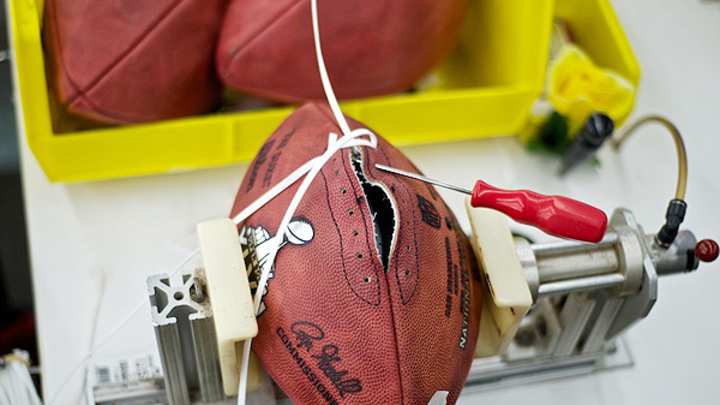
The NFL will add a special dye to the laces of all the game-used balls. (Photo courtesy of Wilson)

In the first few minutes of Super Bowl XLVIII watch the guys in charge of the footballs working feverishly to get every one of the game balls an actual snap. After all, a game ball actually used in the game has plenty more value. And to prove its Super Bowl authenticity? Wilson Sporting Goods, the NFL’s official game ball supplier since 1941, has a plan for that, Molly Wallace, Wilson spokesperson, told SI.com. Learn about game-certifying dyes to game-ball construction with these Super Bowl football facts:
• The 130 workers in Wilson’s Ada, Ohio, factory -- the lone football-only factory in the U.S. -- make footballs around the clock once the NFC and AFC Championship Games end to produce official Super Bowl balls for each of the two teams, delivered no later than early Tuesday following the Sunday championships.
• The Ada employees, a group that averages a 20-year history at the factory, can’t start until the teams are decided, Wallace said, as the balls all get stamped with the Super Bowl logo, the names of both teams and date and location of the game.
• Each team is shipped 108 official balls, 54 they will offer up as game balls for the Super Bowl and 54 they can set aside for practice.
Everything you need to know about the footballs that will be used in Super Bowl XLVIII
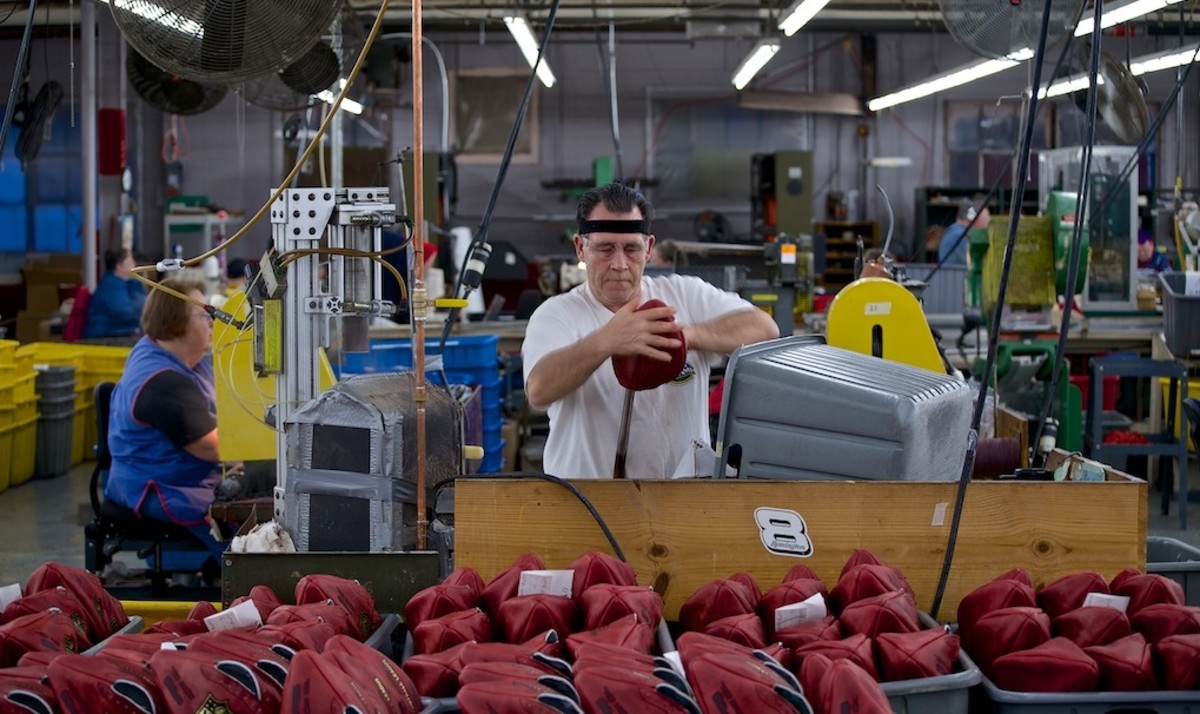
(Photo courtesy of Wilson)
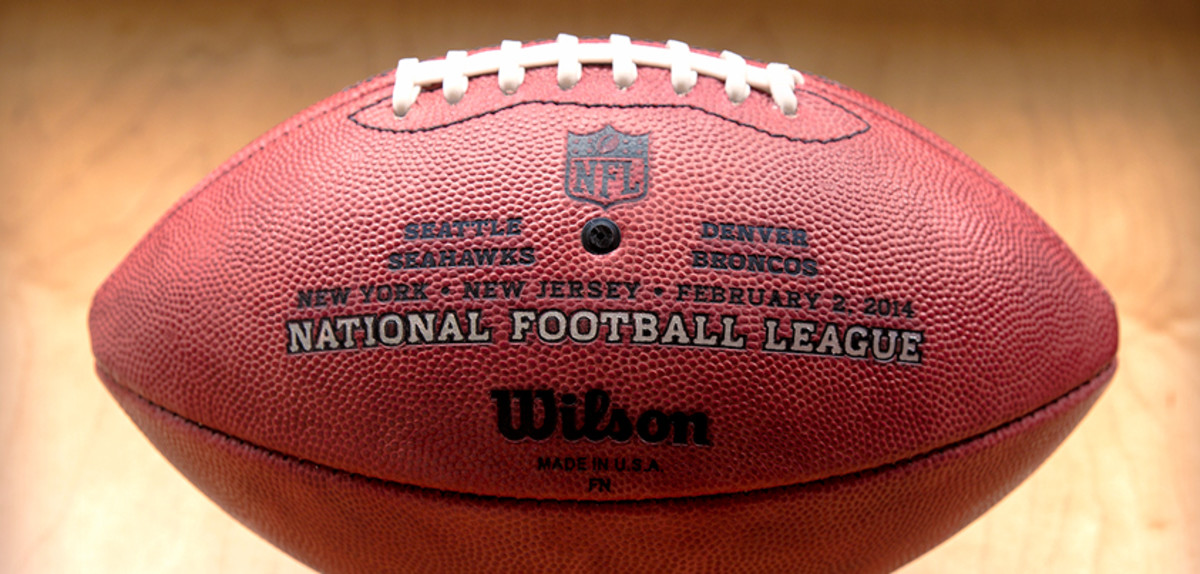
(Photo courtesy of Wilson)
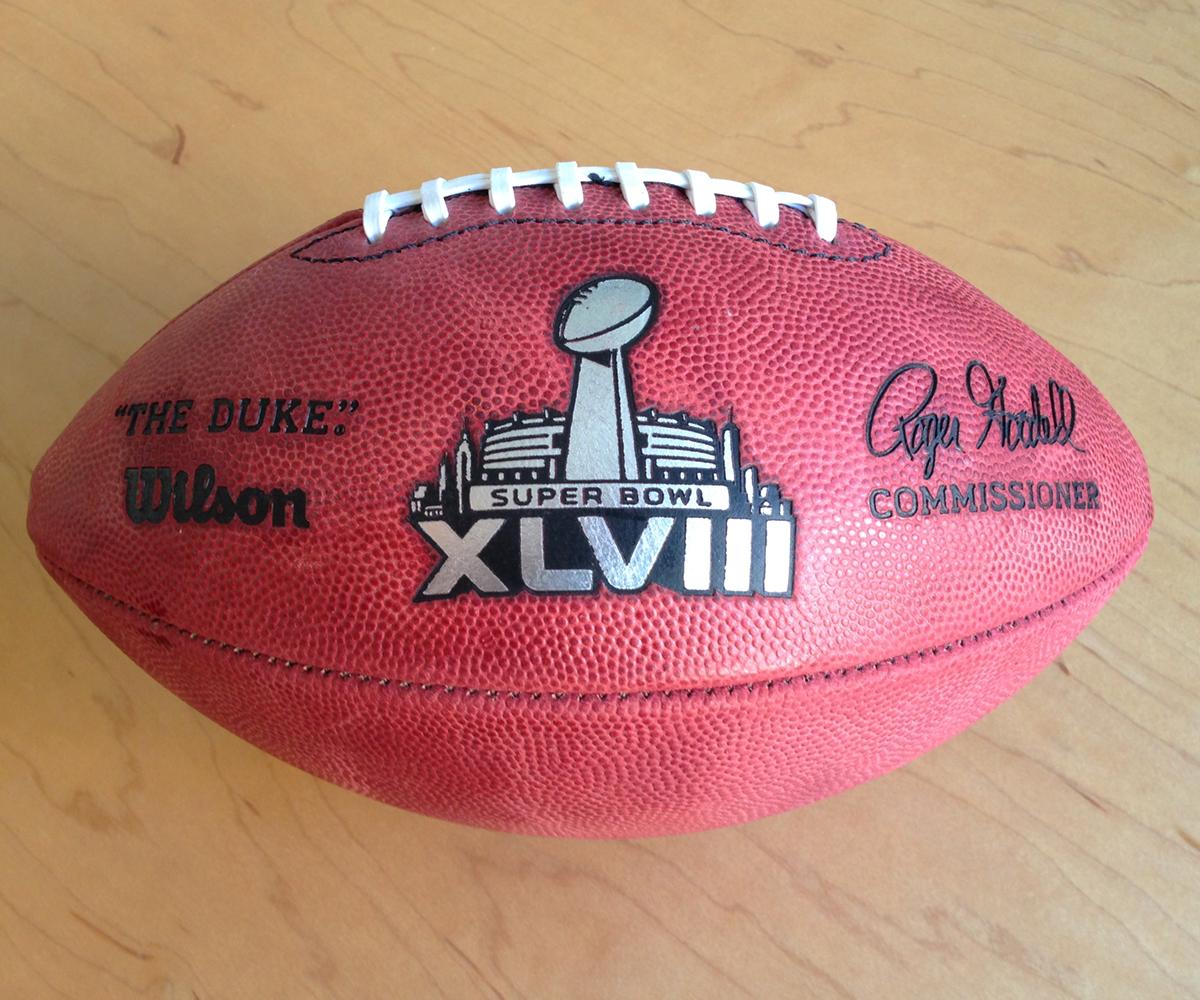
(Photo courtesy of Wilson)
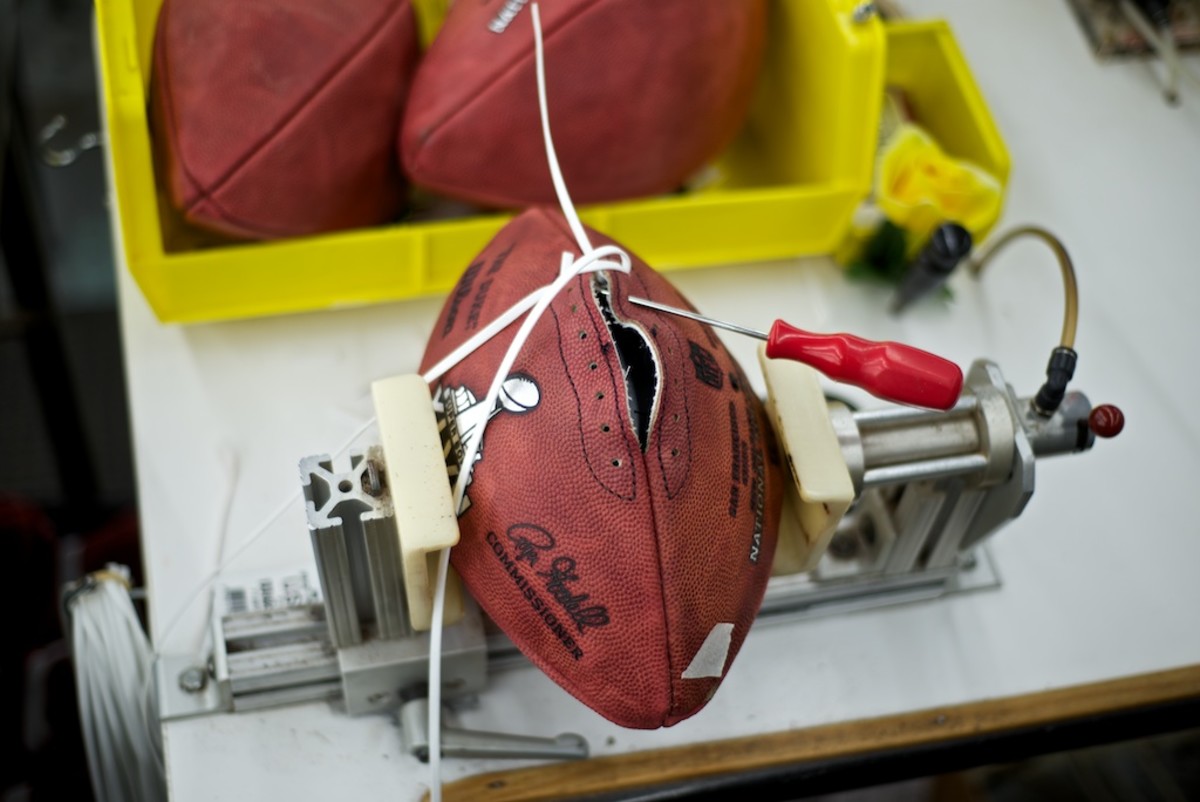
(Photo courtesy of Wilson)
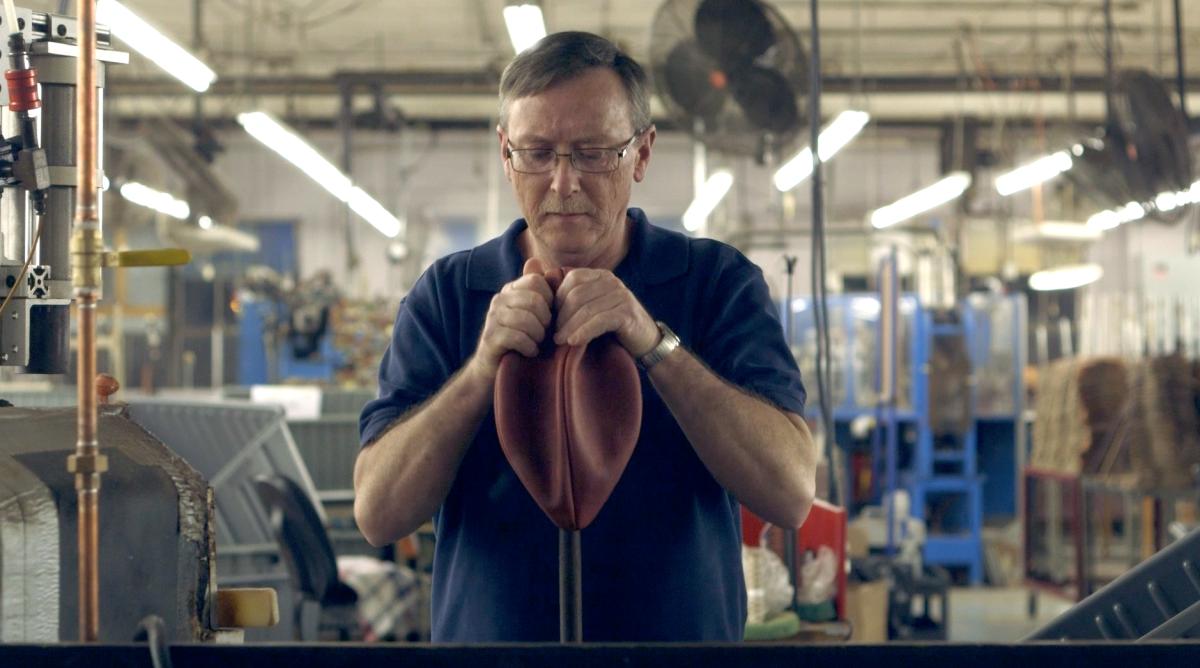
(Photo courtesy of Wilson)
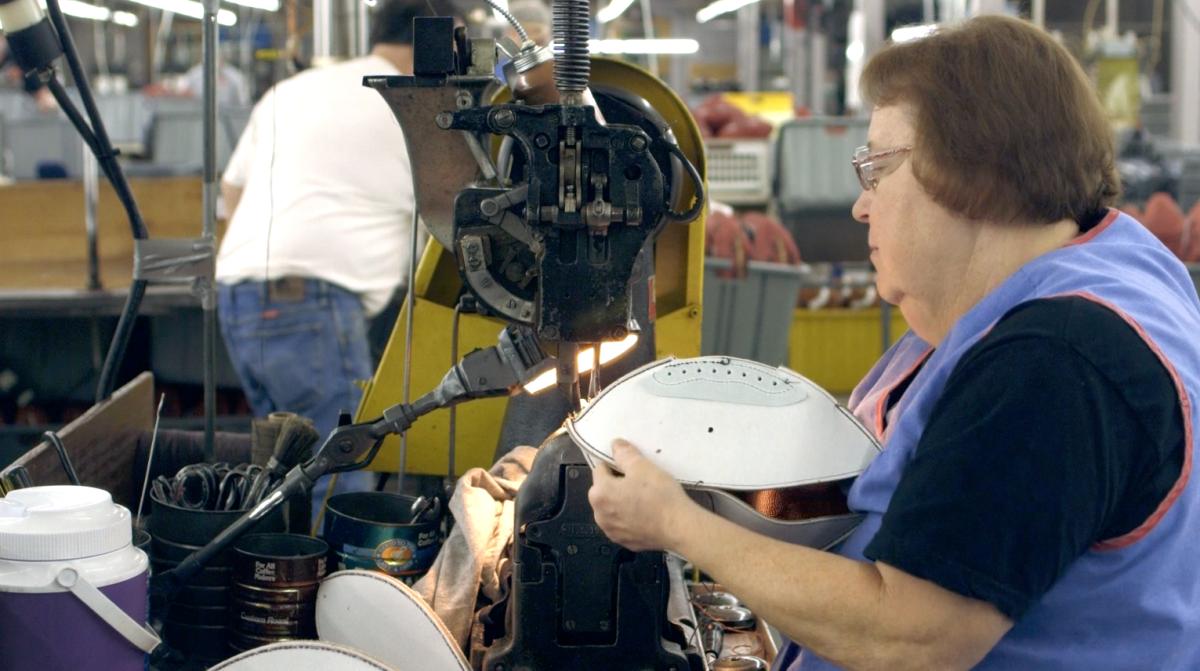
(Photo courtesy of Wilson)
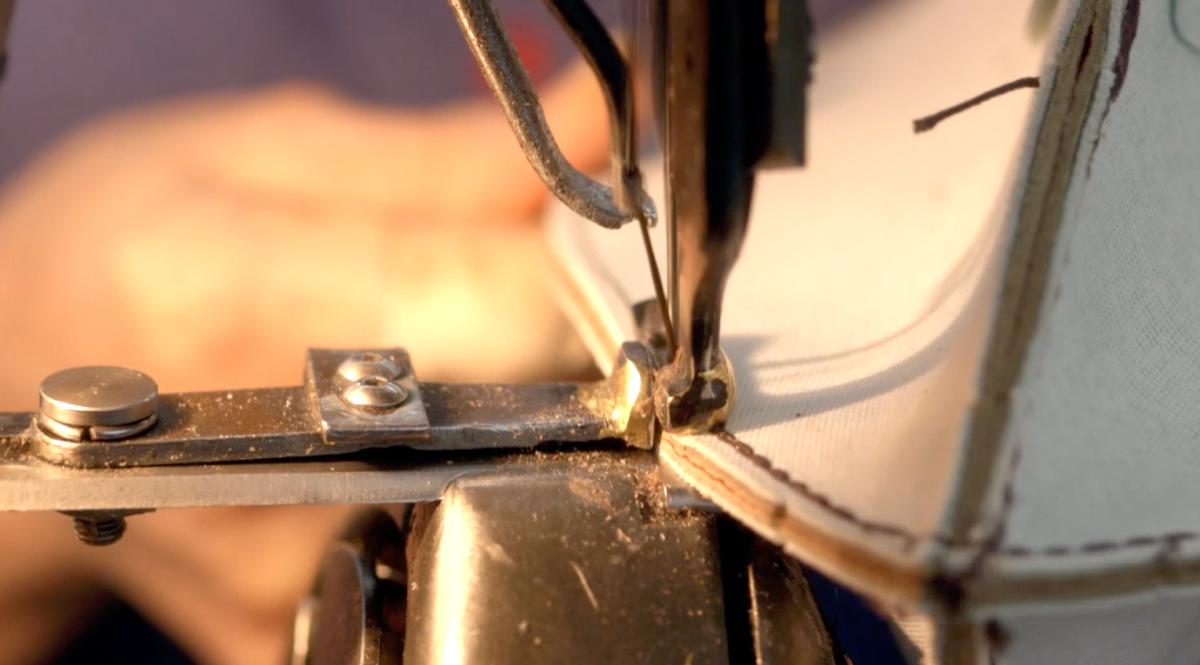
(Photo courtesy of Wilson)
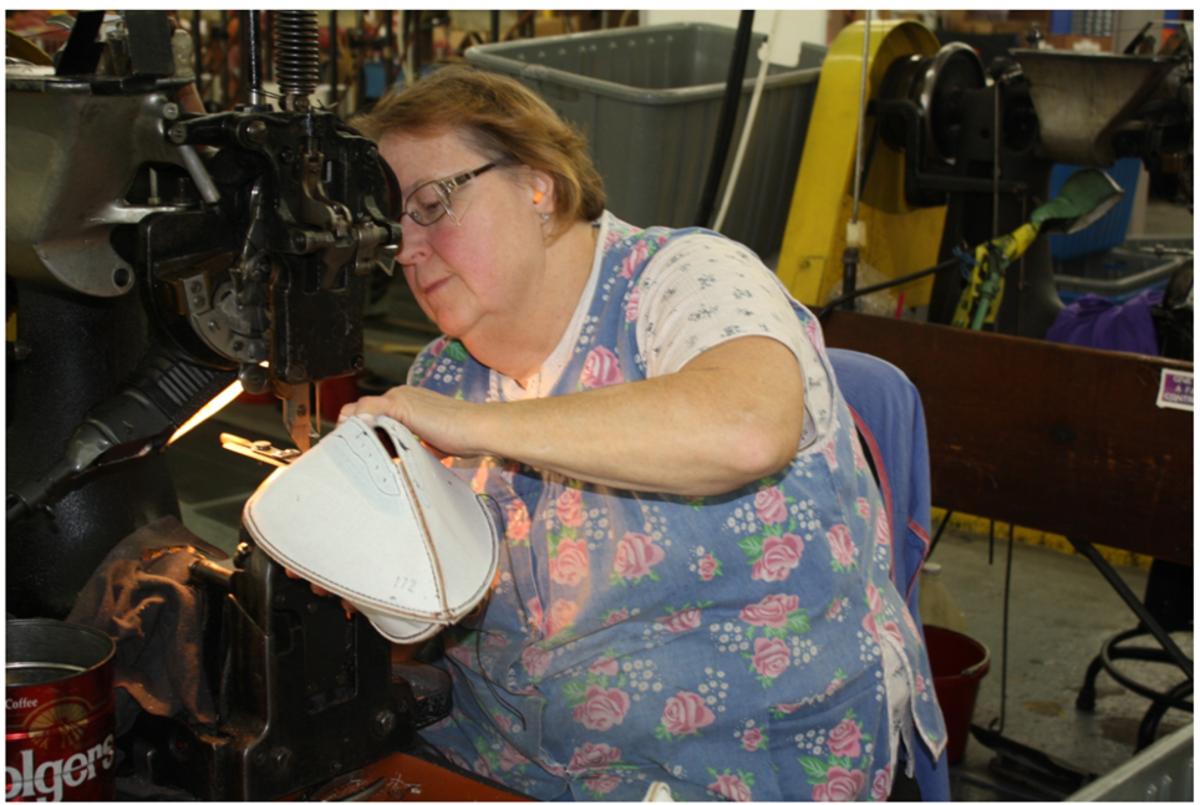
(Photo courtesy of Wilson)
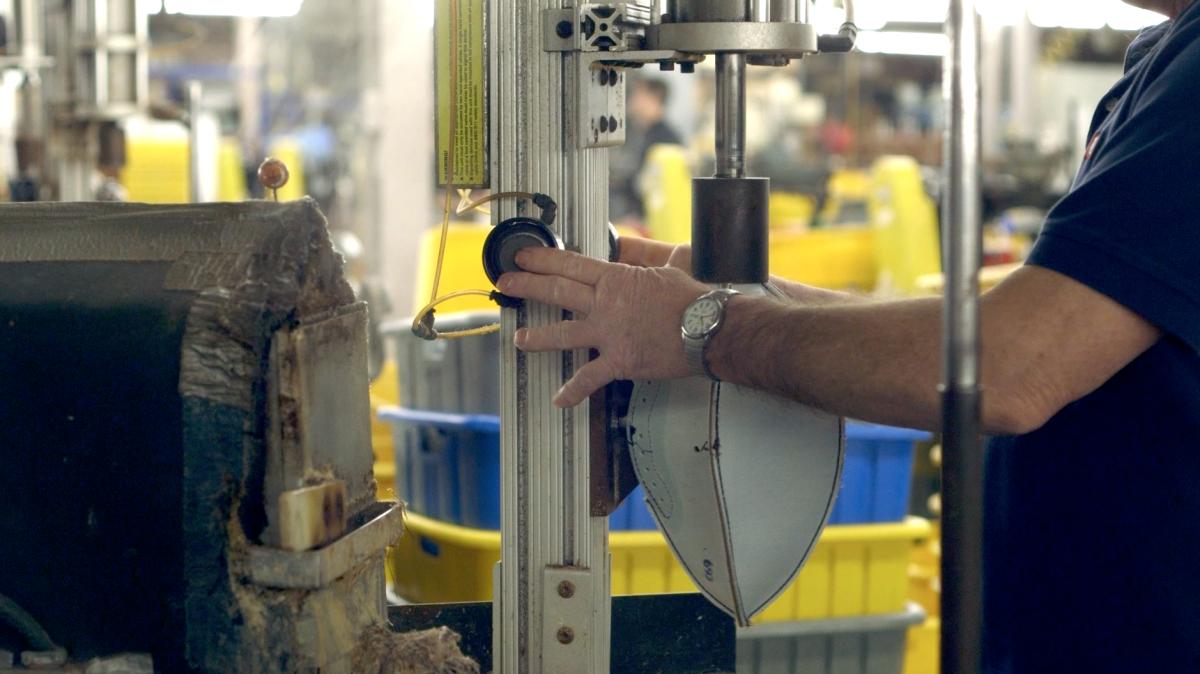
(Photo courtesy of Wilson)
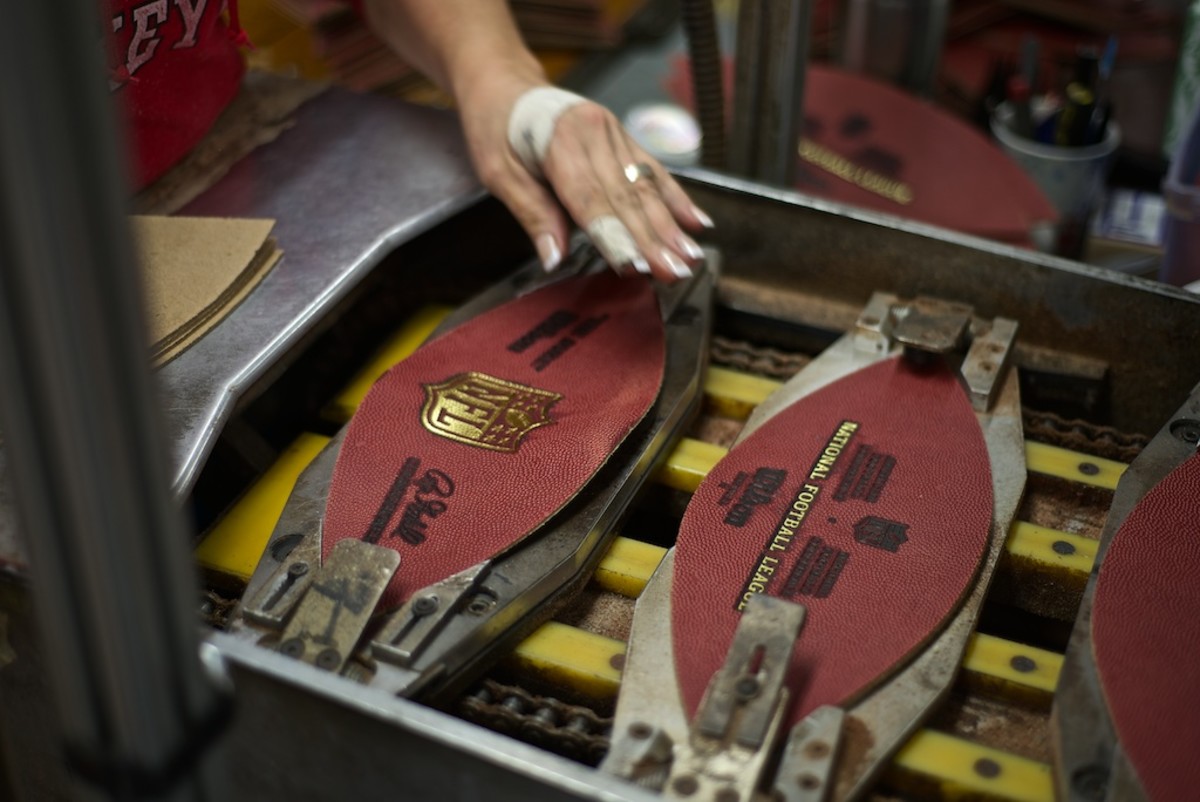
(Photo courtesy of Wilson)
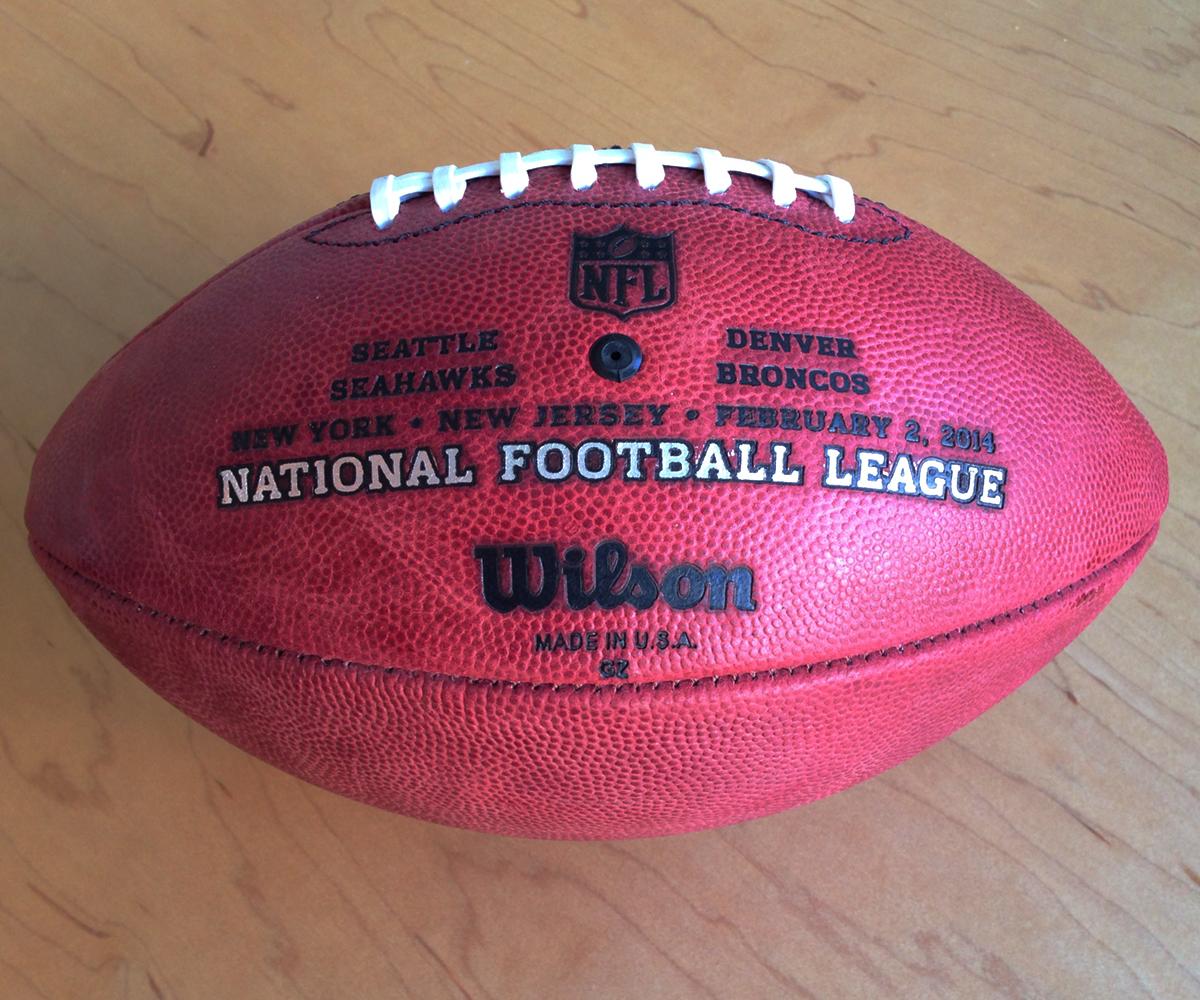
(Photo courtesy of Wilson)
• Wilson works with each team’s equipment manager to get them the balls, shipped UPS, and answer any questions.
• Wilson also made 12 “kicker balls” that were sealed in boxes with anti-tampering tape and sent to the NFL official hotel one week before the game. They will get delivered to the officials’ room about 2.5 hours prior to kickoff. The only difference between these balls and the other 108 used in the game -- other than the obvious fact they won’t be as worn in -- is a circled “K” stamped on the ball.
• Each ball has 16 lace holes and one lace. The NFL adds a dye -- only visible under special lighting -- to the laces of only the 120 total balls chosen for the game, Wallace says, so they can be verified as Super Bowl-used balls.
• A single cowhide -- taken from lean steer cows in Iowa, Kansas and Nebraska -- usually produces 10 NFL balls. Each hide is stamped with the Wilson “W” to authenticate it as NFL-worthy leather.
• The Super Bowl balls will have air pressure at 13 psi.
• The ball-making process starts with four panels of leather from the best hides. Those panels are then weighed and shaved for exactly equal weight. Sewers then align the panels and sew from the inside out. A turner hand turns the balls right-side out, considered the toughest job in the Wilson factory. The sewer closes the opening a touch more and a lacer inserts a bladder into the ball, lacing it up before it enters the final molding stage.
• Each NFL ball is stamped “The Duke,” the name of the ball. The name first appeared on NFL balls in 1969 for just one year in honor of Wellington “The Duke” Mara, a co-owner of the New York Giants. After Mara passed away in 2005, the name returned to the footballs and has stayed ever since.
• The Ada factory produces over 700,000 footballs annually and Wallace said they’ll make between 10,000 and 15,000 Super Bowl balls for retail sale, depending on demand.
Tim Newcomb covers stadiums, design and technology for Sports Illustrated. Follow him on Twitter at @tdnewcomb.
